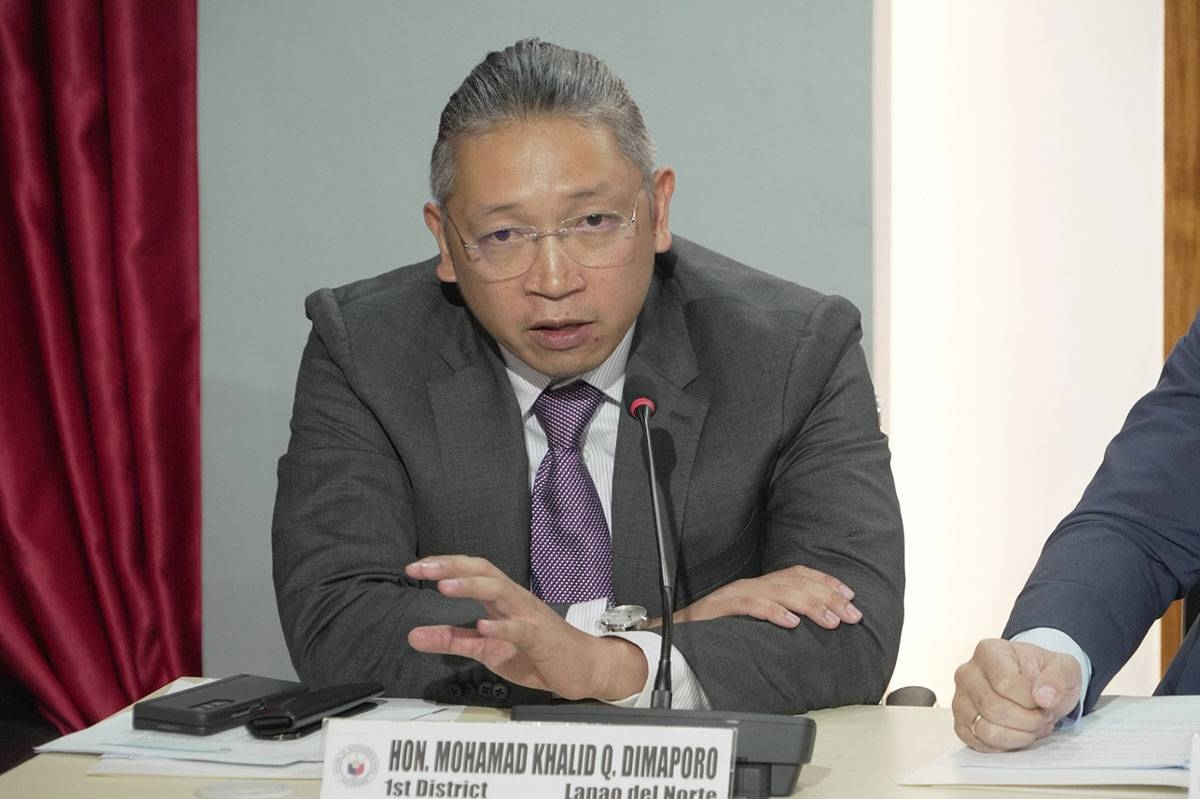A Call to Classify Deepfake Technology as Terrorism
A lawmaker has recently proposed classifying the use of deepfake technology that poses a threat to national security as a form of terrorism. Lanao del Norte Representative Mohamad Khalid Dimaporo argues that the dissemination of deepfake content, such as a video featuring President Ferdinand Marcos Jr. appearing to urge the armed forces to take action against another country, is a deliberate act of sabotage against the President’s foreign policy.
Deepfakes are a sophisticated form of digital content manipulation that utilizes generative artificial intelligence (AI). This technology allows for the creation of realistic videos or images that can deceive viewers into believing they are genuine. Dimaporo believes that the opposition’s resort to such tactics is a clear indication of their desperation and dissatisfaction with President Bongbong Marcos’ successful management of the country’s foreign policy.
Recognizing the potential dangers posed by deepfakes, Dimaporo plans to seek guidance from Speaker Martin Romualdez and propose amendments to existing laws to classify the use of deepfake technology for malicious purposes as a form of terrorism. By doing so, he hopes to send a strong message that such behavior will not be tolerated.
The Threat to National Security
Rider Party-list Representative Rodge Gutierrez shares Dimaporo’s concerns and warns that the deepfake video featuring the President has significant implications for national security. He emphasizes that while politics may be at play, it is crucial to recognize the fine line between political maneuvering and potential national security risks.
Gutierrez stresses the need to take the issue seriously, as the deepfake video could potentially escalate tensions and lead to international conflicts. He calls for a proactive approach in addressing this matter to safeguard the country’s security and stability.
Disinformation and Diversion
Lanao del Sur Representative Zia Alonto Adiong highlights the broader implications of the deepfake content. He believes that it is part of a deliberate effort to spread disinformation and divert attention from important issues. Adiong emphasizes the significance of the President’s foreign policy choices, which not only strengthen alliances with longstanding partners but also reflect the administration’s commitment to addressing genuine concerns.
Adiong criticizes those responsible for the cyber manipulation attack for their disregard for truth and their willingness to manipulate narratives to serve their own agenda. He urges the public to remain vigilant and not be swayed by false information.
Government Response and the Call for Action
Assistant Secretary Patricia Kayle Martin of the Presidential Communications Operations Office (PCOO) acknowledges the gravity of the situation and reveals that the government is exploring legal action against those responsible for creating the deepfake content featuring the President. The Department of Information and Communications Technology and the National Security Council are currently investigating the issue.
Martin emphasizes the importance of curbing the spread of deepfakes and fake news on social media platforms. She warns that the dissemination of such content can have serious repercussions, including endangering the country’s foreign relations and national security. Martin calls on the public to exercise caution and refrain from sharing misleading information.
The proposal to classify the use of deepfake technology that threatens national security as a form of terrorism reflects the growing concerns surrounding the potential misuse of AI-powered manipulation. By addressing this issue, lawmakers aim to protect the integrity of information and safeguard the country’s security interests. It is crucial for both the government and the public to remain vigilant, actively combat disinformation, and ensure the responsible use of emerging technologies.







